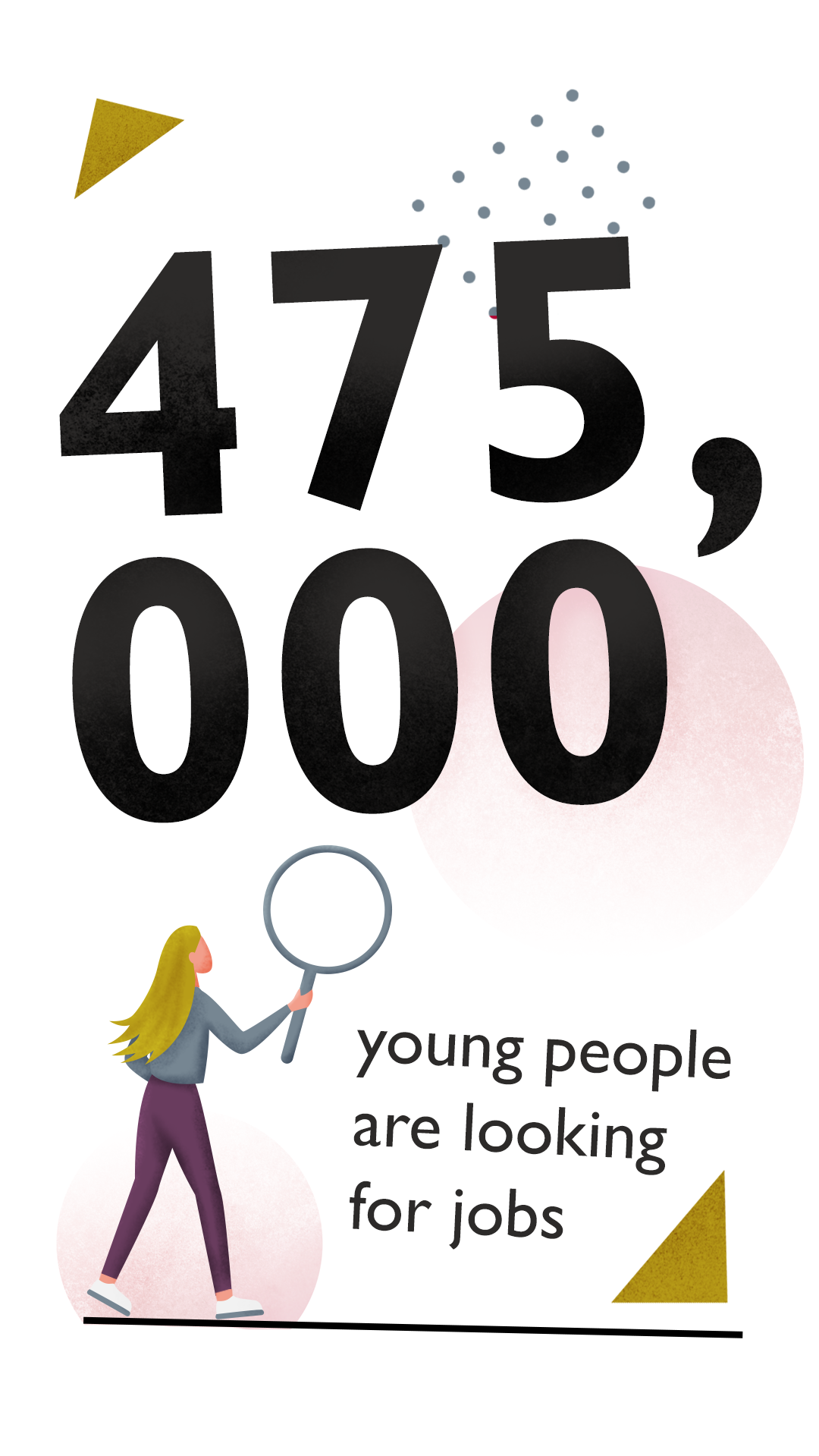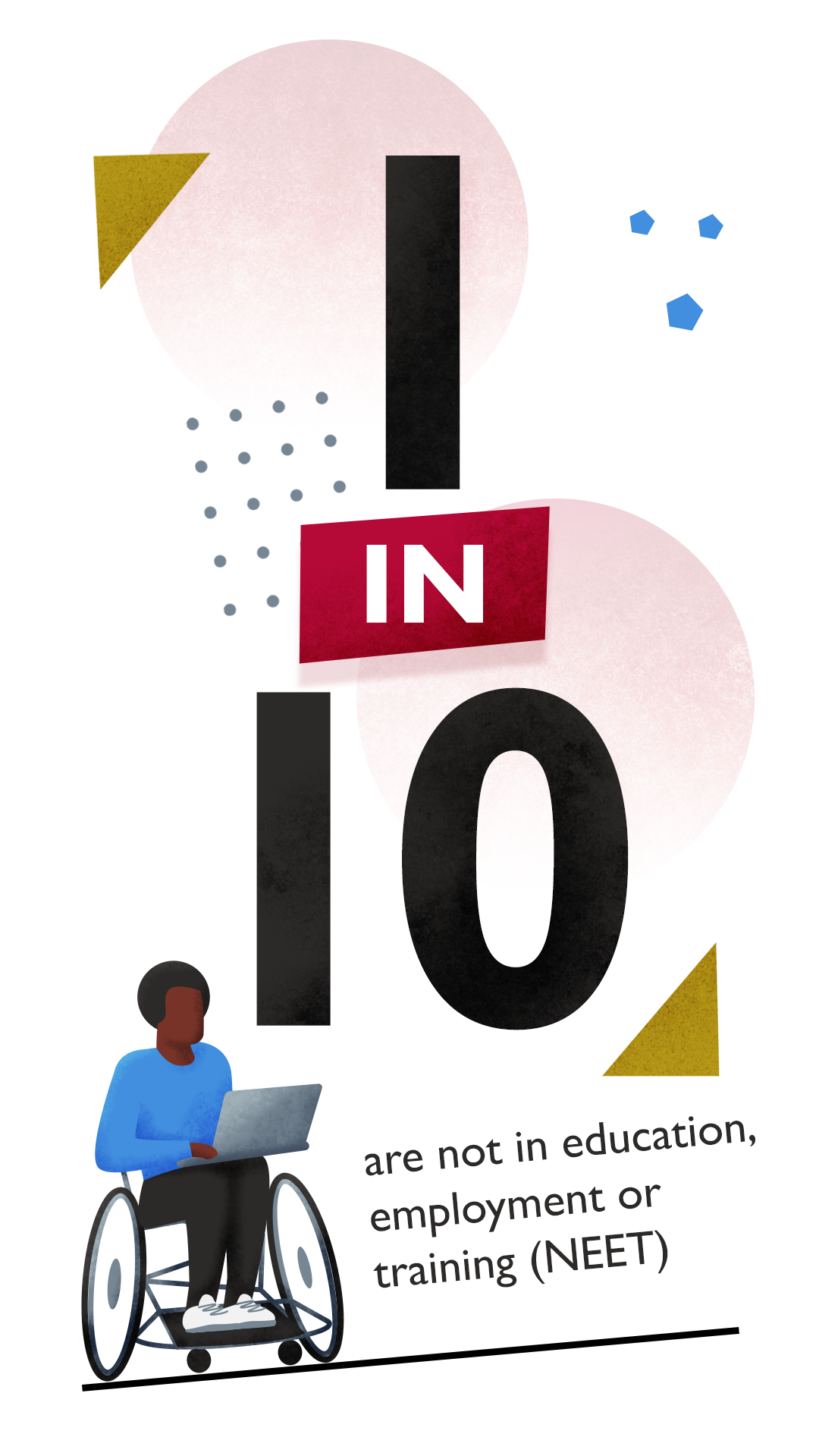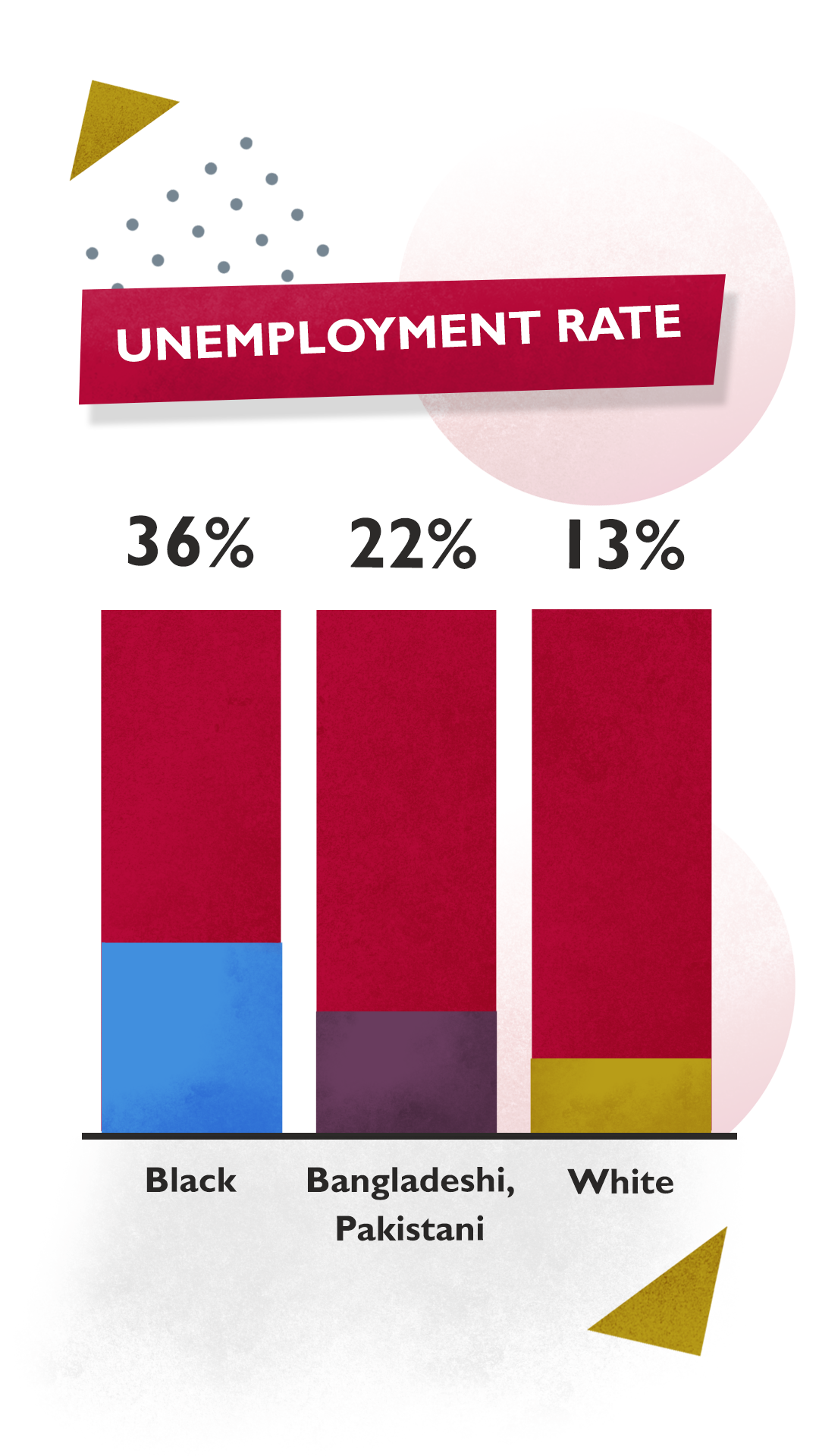House of Lords Youth Unemployment Committee
Skills for every young person

Young people in the UK are not receiving enough support to get into work according to the House of Lords Youth Unemployment Committee, which has published a new report calling on the government to take urgent action.
Youth unemployment has long blighted our society. There are huge imbalances between skills the country needs and those our young people leave school with. Further education has lost out on funding despite its vital role in our education system, and apprenticeships for young people are on the decline. On top of this, challenges for disadvantaged groups continue to persist.
The pandemic hit young people hard. Many saw two years of disruption to their education, training and social development, and more than two thirds of job losses were amongst the under-25s. Some groups, like those working in hospitality or young black people, saw unemployment skyrocket.
Today, 475,000 young people are unemployed and 84,000 of them have been looking for work for a year or more. Almost 1 in 10 young people are not in education, work or training. There are big inequalities in employment rates for people from disadvantaged or ethnic minority backgrounds.
No two young people are the same, and they all deserve equal support to prepare them for work, whether their pathway includes a traineeship, apprenticeship, Kickstart placement, T or A Levels, GCSEs, BTECs or university degree.
To create our report, we spoke to government ministers, experts, charities and businesses. We also spoke to many young people from across the country, from the East Midlands to Bolton and Lancashire, as well as young people from ethnic minority backgrounds in and near London. We are grateful to everyone who gave their time to this inquiry.
What is causing youth unemployment?
The Youth Unemployment Committee found five main drivers for high unemployment rates among young people.
1
There is a mismatch between the skills young people develop in school and college today and those the future economy will need

Mismatches happen when there is a gap between the supply and demand of skills.
These are evident in a variety of existing sectors of high importance, such as HGV drivers and social care workers. As has been covered in the news recently, there is now a shortage of more than 100,000 HGV drivers and more than 8% of care sector jobs are unable to be filled.
There are also shortages in emerging sectors that are important to our future. These include the green sector, such as in electricity generation and low-emission vehicles, and the digital sector where there are big expansions in jobs that require digital skills, like cybersecurity and artificial intelligence.
Despite this, there is no official body for reporting and forecasting skills needs. The Skills and Post-16 Education Bill intends to address this by asking employers to work with local Further Education colleges to align their courses. Some of the reforms in the draft law are welcome, but it does not go far enough to anticipate the needs of the future economy or reach young people who attend mainstream secondary schools.
We have found that, when students leave secondary school, they do not have the skills they need to begin work. This is for a variety of reasons, including the narrow focus of the national curriculum on academic subjects and a reliance on written exams. This system is not helping our young people to learn and showcase their digital, technical or creative skills nor is it helping them develop essential skills like teamworking, problem-solving and communication.
2
Careers guidance is not properly preparing young people for the jobs market, while a decline in work experience means they don’t know what skills they need to be successful

Careers education is important because it helps young people to understand the careers open to them and all the routes to get there. There are many good initiatives in place, but more could be done to ensure quality guidance no matter what school or college a young person goes to, and to gear advice towards roles where there are skills mismatches like the green sector.
Careers education isn’t compulsory, and it often starts too late for young people, who may have already made career-limiting decisions by the time they get to secondary school. It is vital we get this right because many disadvantaged young people don’t have family connections or advice to rely on to give them that first stepping stone.
Work experience in practice helps young people to understand more about the workplace. However, we have learnt that employers are disappointed with how much work experience young people have. We also know that employers struggle to provide opportunities, and young people struggle to find them when they do. More must be done to coordinate the two.
3
Past and present governments have underfunded and undervalued Further Education in comparison to the university route

Further Education (FE), usually studied in colleges between the ages of 16 and 18 but often by adults too, has been undervalued by successive governments despite the millions that study everything from A Levels to BTECs within its institutions. It provides many young people a springboard into work.
The government has set out its ambitions to ‘level up’ the sector and rebalance it with Higher Education studied at universities, but it needs significant reform to do this, including:
More funding
The current system of funding means FE institutions are limited by their past capacity and performance. This means young people are not automatically guaranteed a place at a college if they are a suitable candidate and want to study at one. At the same time, total funding for 16- to 18-year-olds studying in colleges and sixth forms has fallen by 25% since 2010, while funding for adults has more than halved. This means there has not been proper investment in technology and teachers to ensure young learners have what they need to thrive. Further Education funding averages £1,050 per pupil, while it is £6,600 for those in Higher Education.
Reputation of institutions
Misguided beliefs that FE colleges are a less prestigious route compared to universities continue to persist. Some young people told us they were encouraged away from studying a technical subject at college towards a route considered more academic.
Support for disadvantaged learners
There is no pupil premium to support students with additional needs like there is in primary and secondary schools. Maintenance loans are not available either, but they are available for those going to university.
4
There are not enough apprenticeship opportunities for young people

Apprenticeships are highly valued by learners and employers but we heard that there are simply not enough available for young people who want to take them. This is caused by several factors:
The apprenticeship levy does not properly incentivise the hiring of young people. Systemic faults have seen existing jobs labelled up as apprenticeships, a practice that benefits older, more experienced workers.
Incentives are not enough for employers, particularly smaller ones, to take on apprentices.
Young people are not properly supported due to misconceptions and snobbery in favour of university, misconceptions associated with their background, a lack of good careers guidance, and the absence of a central system for applications like UCAS.
5
Young people who are disadvantaged are still not receiving the support they need

Some young people face additional barriers to work due to their background, such as their family’s financial position, where they live, their gender or their ethnicity. It is tough to identify these groups and address these challenges due to the way data is collected nationally. However, we do know that there is a severe lack of programmes targeted at groups likely to face one or more type of disadvantage.
These groups include:
- care leavers
- people whose first language is not English
- young people from ethnic minority backgrounds
- young people who are in or have been in custody
- people affected by regional or socio-economic disadvantages
- young parents
- young women
- young people with special educational needs and/or disabilities.
6
There is an absence of coordination at the top of government

The responsibility for youth employment sits between several government departments. This results in a confusing mix of ideas to try to fix various different issues and a lack of accountability at the top.
Recently, the government has introduced many good measures to address youth unemployment, such as Kickstart, Careers Hubs, Youth Hubs and an expansion in the number of work coaches in Jobcentres. They have had some success, but they need to be improved, expanded, extended and better connected to each other.
There are also limitations holding back how successful these schemes could be in helping young people. These include a lack of proper data collection, the fact that some schemes are limited to only those who are claiming Universal Credit, and a need for more effective local policy implementation.
The committee is calling on the government to do more. It has set out recommendations to tackle this urgent crisis, including:
Recommendations
The committee is calling on the government to do more. It has set out recommendations to tackle this urgent crisis, including:
A
Creating a long-term national plan for identifying, measuring and addressing skills mismatches
The plan must focus on anticipating and meeting the needs of the future economy, with a focus on digital and green sectors. It should be updated annually to reflect how quickly needs change.

B
Recalibrating the compulsory components of the national curriculum and performance measures
The national curriculum and the progress measures the government has set should always place skills shortages at their core so that they equip young people with essential knowledge and the technical, cultural and creative skills the economy demands.

C
Devising a new way of funding Further Education
The new method should be determined by student demand and ensure students have access to automatic in-year funding set by a tariff. This would ensure there is a place for any suitable young person who wants one and bring in extra resources for colleges to compete with higher education providers.

D
Reforming the apprenticeship levy so that it is more focused on young people
Any employer receiving funding from the levy must spend at least two thirds of it on young people starting apprenticeships at levels 2 and 3 before the age of 25.

E
Launching an Education and Workplace Race Equality Strategy
The strategy must focus on removing barriers to work for young people from BAME backgrounds given the disproportionate impact COVID-19 had on them. It must include a robust plan for data collection and publication on these groups, and be intersectional with socio-economic background, gender, sexual orientation, disability and migration status.

F
Ensuring disadvantaged young people have access to quality careers guidance
Guidance for the most disadvantaged must be tailored, delivered on a one-to-one basis and assessed by Ofsted.

G
Appointing an independent Young People's Commissioner for people aged 16 to 24
The Commissioner should have responsibility for youth employment, education and skills. They should interrogate government policy and be the voice of young people, reporting annually to Parliament.



